Pest Control
Introduction:
Pest control is a crucial aspect of the cleaning service industry, focusing on the identification, prevention, and eradication of pests that pose health risks or property damage.
Definition:
Pest control refers to the management and elimination of unwanted organisms, such as insects, rodents, and other pests, from residential, commercial, and industrial spaces. It involves various methods and techniques to ensure a pest-free environment.

Key Features or Components:
- Identification of pest species
- Implementation of preventive measures
- Application of pest control products and treatments
- Monitoring and ongoing maintenance
Importance in Cleaning Service:
Pest control is essential in maintaining clean and hygienic environments. It prevents the spread of diseases, protects property from damage, and enhances the overall cleanliness and safety of the premises.
Inspection Criteria:
Inspectors assess the presence of pests, the extent of infestation, and the effectiveness of pest control measures. They look for signs of pest activity, structural vulnerabilities, and adherence to regulatory standards.
Common Issues and Failures:
Common issues in pest control include incomplete eradication, reinfestation, and damage to property or the environment. Failures may result from inadequate pest management strategies or ineffective treatment methods.
Maintenance and Repairs:
Regular maintenance of pest control measures involves routine inspections, timely repairs of structural deficiencies, and proactive measures to prevent pest entry and infestation.
Regulations and Standards:
Pest control practices are subject to regulations and standards aimed at ensuring the safe and effective management of pests. Compliance with local, state, and federal regulations is essential to protect public health and the environment.
